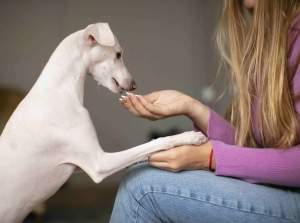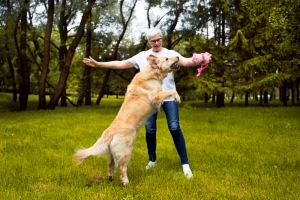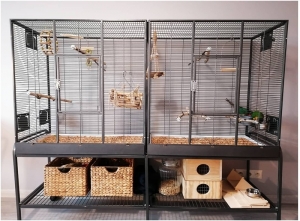Introduction
Smart pet devices make training easier by using technology to track behavior, reward good habits, and correct unwanted actions. These tools help owners stay consistent, even when they're busy. From smart collars to automated treat dispensers, they simplify the entire training process.
As connected technology continues to evolve, pet owners now have access to advanced tools that combine convenience with effective behavior reinforcement. These devices not only support obedience training but also promote a healthier bond between pets and their owners. In this article, we'll explore how modern smart pet gadgets are reshaping the way we train and care for our furry companions.
The Rise of Smart Pet Technology
Pet care has entered a new era, where technology supports both behavior training and well-being. Smart devices help owners understand their pets better through data and feedback. From activity trackers to interactive feeders, these tools provide insights that make daily routines more effective.
The biggest advantage of these innovations is the information they provide. Tracking patterns in activity or rest helps identify stress, boredom, or emerging behavioral issues early. Use that data to adjust walks, playtime, or feeding schedules for a calmer, more balanced pet.
Start small when introducing new tech. Choose one device that fits your training goal and observe how your pet responds. Once they're comfortable, gradually include other tools that support your training plan.
Smart Collars and Trackers for Behavior Monitoring
Smart collars and trackers have become valuable tools for dog owners focused on improving behavior. They record data on activity levels, rest patterns, and even barking frequency. These insights allow owners to address unwanted habits with better timing and consistency.
Key benefits and features:
- Track daily activity levels to make sure your dog gets enough exercise.
- Monitor barking patterns to identify triggers or anxiety causes.
- Use built-in GPS for extra safety during walks or playtime.
- Receive alerts for sudden behavior changes or inactivity.
- Some models, such as an anti bark collar, offer gentle corrective feedback to discourage excessive barking safely.

By combining technology with positive training methods, owners can prevent minor behavior problems from turning into lasting habits. Smart collars don’t replace hands-on guidance, but they give valuable feedback that helps you stay proactive and consistent.
For owners beginning obedience work, understanding how to train a rescue dog can help apply the same consistency and patience needed for smart device integration.
Interactive Training Tools That Encourage Engagement
Interactive tools keep dogs mentally sharp and focused. Devices like smart treat dispensers, puzzle feeders, and motion-activated toys reward good behavior while keeping boredom away. They turn training into play, which helps dogs stay motivated and engaged.
These tools also support consistency. Automated systems can deliver rewards at the right time, even when owners are not around. Choose devices that allow difficulty adjustments or timing control to match your dog’s learning pace.
Keep training sessions short and positive. Always pair the device’s reward or sound cue with verbal praise. Over time, your dog will link the tool’s response to your approval, which strengthens trust and reinforces good manners.
Remote Training and Monitoring Through Mobile Apps
Mobile apps now make it easier to guide your dog’s training wherever you are. These apps connect to smart devices, providing updates on behavior and activity in real time. They help maintain consistency and prevent setbacks in your training routine.
How mobile apps support training:
- Track progress on obedience, exercise, and rest with detailed reports.
- Send gentle cues or corrective tones remotely to reinforce commands.
- Review training data to refine your approach based on patterns and results.
With remote monitoring, you can respond to behavior issues quickly and adjust training from anywhere. It keeps you connected, ensures steady progress, and strengthens your dog’s understanding of what’s expected.
Choosing the Right Smart Device for Your Pet

Not every smart device suits every dog. Each has unique habits, sensitivities, and learning speeds. Start by identifying your training goal and choosing a device that directly supports it.
If you want to improve activity, go for a tracker or smart toy. For behavioral correction, pick tools with adjustable feedback levels and reliable tracking. Always read user reviews and check if the product supports safe, humane training practices.
Introduce any new device gradually. Let your dog explore it while supervised and reward calm behavior. A patient, positive introduction builds trust and makes the training experience more effective.
Smart training also connects closely with overall health. Understanding a holistic approach to pet wellness helps balance technology use with emotional and physical well-being.
Conclusion
Smart pet devices are changing how owners train, monitor, and understand their dogs. They bring structure, data, and consistency to daily routines, making it easier to guide behavior and encourage good habits. Used correctly, they help owners create calm, confident pets who respond better to training.
Technology should always complement human care, not replace it. Combining smart tools with patience, praise, and empathy creates the best outcomes. A balanced approach ensures your dog learns faster, behaves better, and feels supported every step of the way.






